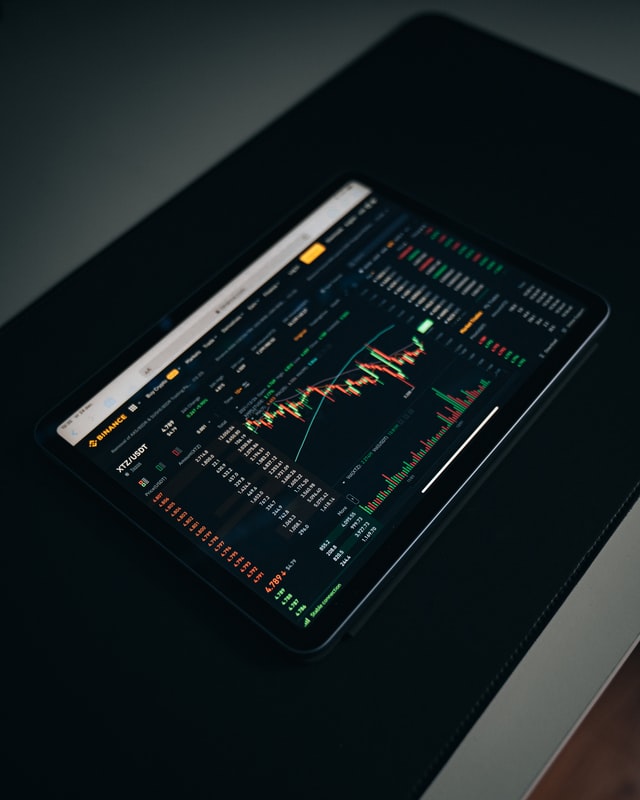

Summary
- At the start of 2022, strategists called for an 8% gain in the S&P 500 by end 2022.
- By end-Q1, their predictions are largely unchanged despite the S&P 500 finishing the quarter down 4.9%.
- Historically, Q2-Q4 has about a 50% chance of being positive after a negative Q1. Meanwhile, Q2-Q4 was positive in almost 80% of years after a positive Q1.
Market Implications
- A negative Q1 is associated with high volatility over the rest of the year.
This article is only available to Macro Hive subscribers. Sign-up to receive world-class macro analysis with a daily curated newsletter, podcast, original content from award-winning researchers, cross market strategy, equity insights, trade ideas, crypto flow frameworks, academic paper summaries, explanation and analysis of market-moving events, community investor chat room, and more.
Summary
- At the start of 2022, strategists called for an 8% gain in the S&P 500 by end 2022.
- By end-Q1, their predictions are largely unchanged despite the S&P 500 finishing the quarter down 4.9%.
- Historically, Q2-Q4 has about a 50% chance of being positive after a negative Q1. Meanwhile, Q2-Q4 was positive in almost 80% of years after a positive Q1.
Market Implications
- A negative Q1 is associated with high volatility over the rest of the year.
Predictions for End-2022
Ahead of the New Year, average strategist forecasts for 2022 called for an 8% gain in the S&P 500, in line with its long-term growth rate. We analysed the historical distribution of annual returns and found a strange result – average is rare. The S&P 500 has gained between 5% and 10% in only six of the last 94 years.
Instead, we found actual outcomes were volatile, with both larger positive and larger negative returns occurring more frequently than average ones. Reality is usually wilder than forecasts. And the first quarter of 2022 was indeed wild. It will forever be remembered for the Russian invasion of Ukraine, a monumental human tragedy that continues to unfold.
Although much less important, it was an unusual quarter for financial markets too. Both stocks and bonds fell together for the first time since Q1 2018. The S&P 500 finished the quarter at 4,530, down 4.9%, and is currently below most strategist forecasts for 2022.
The first quarter is done. But there are still three quarters to go. Does knowing what happened in Q1 change expectations for the rest of 2022?
We start by checking if research estimates have changed. Chart 1 compares S&P 500 forecasts for 2022 from the beginning of the year with those made at end-Q1. They are similar. The current average year-end forecast of 4,838 is about 1.4% lower than before. Perhaps strategists do not think the outlook has meaningfully changed or there is an anchoring bias towards prior market calls.

What Happened in Previous Years?
Since 1928 and on average, the S&P 500 has risen 1.6% in the first quarter followed by a further 6.6% increase over the remaining three quarters (Q2–Q4).
We then split these events into two categories – positive Q1 and negative Q1. Positive Q1s happened 60% of the time with an average price gain of 6.9%, while negative Q1s made up the remaining 40% with an average price loss of 6.5%.
Subsequent price moves for these two categories are unexpectedly different. A positive Q1 was followed by a positive Q2-Q4 in almost 80% of years. But a negative Q1 was only followed by a positive Q2-Q4 in just over half the years – i.e., the rest of the year was close to a coin flip.
Also, following a negative Q1, the average return over the rest of year was higher, but the median return was lower. The dispersion of outcomes was also wider (Chart 2).

Greater Volatility Could Be Coming
Now, the total sample size (94 years) is not particularly large, and the distribution of future returns can and will vary widely from the past. But these results suggest that a negative Q1 is associated with even wilder swings over the rest of the year.
This ever-present uncertainty of markets is why combining uncorrelated strategies and assets is key to building a robust portfolio. After a first quarter that was historic in many ways, our basic message is that prediction about the future is hard.